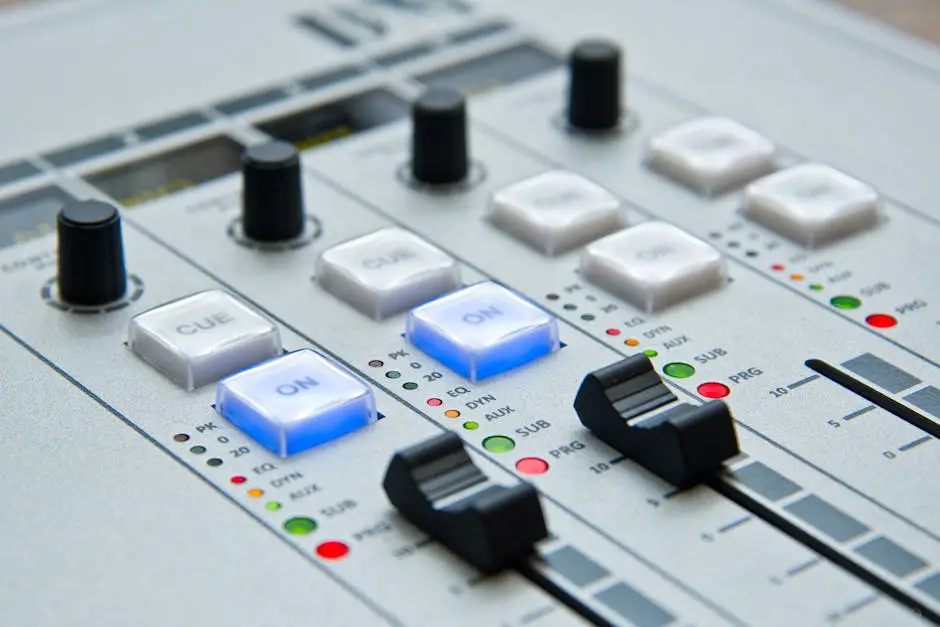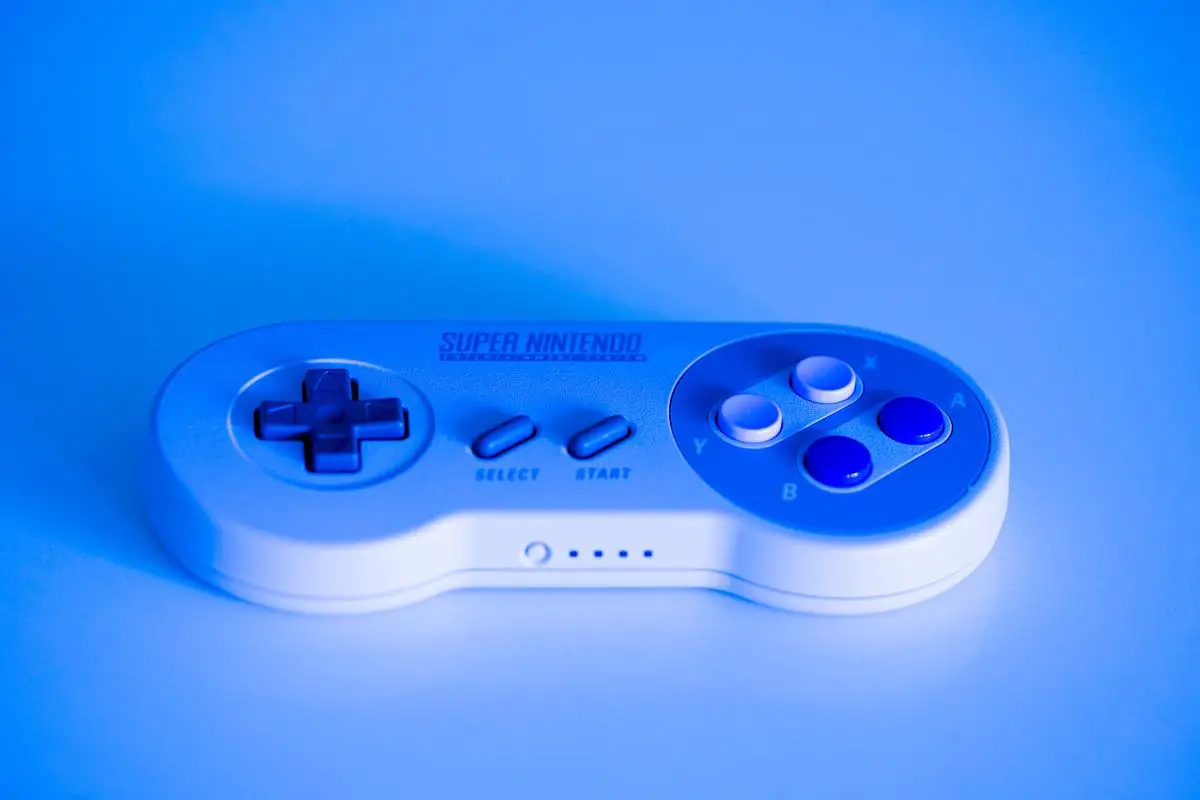In an era defined by continual advancements in technology, maximizing one’s gaming experience is no exception. As such, this paper endeavors to provide enthusiasts and hobbyists a comprehensive understanding of the relationship and importance of SD cards within the context of the Nintendo Switch console. It seeks to demystify the common misconceptions, shed light on the advantages, and guide users to make informed decisions in relation to storage expansion. This journey will navigate through the essentaility of SD cards, the exploration of different compatible options, pinpointing the highest capacity SD cards suitable, and practical guides on installation and formatting.
Understanding the Necessity of SD Cards for Switch
The Role of SD Cards in Nintendo Switch Consoles
More than just an accessory, SD cards play a pivotal role in enhancing the Nintendo Switch console experience. The primary function of an SD card is to provide additional memory storage. The Switch console comes with a built-in storage of 32GB, and a portion of it is already consumed by the system files. If you’re a passionate gamer who explores numerous games, this storage might not be enough. Large games, downloads, and updates can quickly fill up the internal storage, and this is where SD cards come into play.
The Impact on Console’s Performance
Storage is not just about the number of games you can install, but it also significantly impacts your console’s performance. An overloaded internal storage can lower the efficiency and speed of the console. The more filled up your storage is, the harder the system has to work to access and retrieve files. This can lead to slower load times, compromised game performance, and even system crashes. By using an SD card, you alleviate this strain on the console and help it run smoothly.
The Highest SD Card for Nintendo Switch
Currently, the Nintendo Switch console supports SD cards of up to 2TB theoretically. However, 2TB micro SD cards are not yet available in the market. The highest commonly available storage capacity is 1TB. SanDisk offers a 1TB microSD card that is fully compatible with the Switch. This capacity can store approximately 25 to 50 full-sized Switch games.
Nevertheless, the device is ready for the future. As technology advances and if 2TB microSD cards become available, they would indeed work on a Switch console, providing even greater storage.
The Value of Investing in a Nintendo Switch SD Card
If you’re an avid gamer, consider splurging on an SD card for your Nintendo Switch as an investment rather than an extra cost. The addition of a high-capacity SD card to your switch opens up the opportunity to play a larger variety of games and also reduces the need for frequent file management. For example, a 1TB SD card allows you to store numerous games without having to constantly delete existing files.
An SD card for your Nintendo Switch can also facilitate smooth data transitions between consoles. Planning to upgrade your Switch or need to replace it? An SD card has all your games stored, making the transition significantly easier.
Bottom line, a Nintendo Switch’s performance and user experience can be dramatically increased with an SD card. It’s a beneficial accessory any gaming enthusiast or hobbyist should consider.

Exploring the Different SD Cards Compatible with a Switch
A Closer Look: Understanding SD Cards for the Nintendo Switch
Before proceeding with your purchase, it’s important to understand the different types of SD cards that are compatible with the Nintendo Switch. These include microSD, microSDHC, and microSDXC cards. While a microSD card has a maximum storage limit of 2GB, microSDHC cards range from 4GB to 32GB in capacity. On the higher end, microSDXC cards boast capacities from 64GB up to a staggering 2TB – the largest SD card currently available on the market is 1TB. Grasping these specifications is crucial in selecting the ideal storage solution for your gaming lifestyle as these directly affect the number of games you can store.
Reading the Ratings
Another technical aspect to decipher is the speed class rating of the SD card. This rating signifies the minimum sustained write speeds a card can handle, which can directly impact game performance. The Switch is compatible with speed class ratings of 10 or higher (U1, U3, V10, V30, V60, and V90). The higher the speed class, the faster the game data access, and thus the better the gaming experience. High speed class ratings especially matter when you play graphic-heavy games that require frequent and rapid data access.
Brand Does Matter
When it comes to SD card brands compatible with the Nintendo Switch, there are several options in the market to choose from. SanDisk, Samsung, Kingston, and Lexar are amongst the most popular and reliable brands. They offer a wide range of capacities along with different speed class ratings.
SanDisk, for instance, offers a Nintendo-licensed microSDXC card specifically designed for the Switch that ranges up to 512GB. Samsung’s EVO Select series is another good option, offering high-speed performance and durability up to 512GB. Kingston’s Canvas Go! Plus microSD cards are great for high-speed game performance and come in capacities up to 512GB. Lexar’s Professional 1000x microSDXC card is a premium choice that offers capacity up to 256GB and superior gaming performance.
Reliability and Durability
Beyond the capacity and speed, it’s also crucial to consider the SD card’s reliability and durability. After all, you don’t want to lose your game data due to a faulty card. Most quality SD cards are shockproof, waterproof, temperature-proof, and X-ray-proof, providing peace of mind for your gaming needs.
To enhance your gaming experience with seamless performance, robustness, and dependability, opt for a high-capacity SD card from a distinguished brand that boasts a fast class speed rating. Nevertheless, before committing to a purchase, it’s paramount to ascertain that the technical specifications align perfectly with your gaming requirements.

Identifying the Highest SD Card Suitable for Switch
SD Cards Compatible with Switch
In determining which SD cards are suitable for the Nintendo Switch, compatibility is the foremost consideration. The Nintendo Switch is compatible with Micro SD, Micro SDHC, and Micro SDXC cards. The essential criterion is that these must be appropriately formatted with either FAT32 or exFAT file systems to work flawlessly.
High-Capacity SD Card: Pros
The main advantage of using a high-capacity SD card on the Nintendo Switch is accommodating more types of content, such as game downloads, updates, screenshots, and video clips. The highest standard SD card capacity the Nintendo Switch can currently support is 2TB (2048GB). However, as of now, a 2TB SD card is not yet available in the market. The largest commercially-available Micro SDXC card is 1TB. Yet, purchasing a 1TB card now ensures you’re ‘future-proofing’ your system, meaning you won’t need to continually buy newer SD cards each time they fill up.
High-Capacity SD Card: Cons
While the thought of having a vast storage space on your Nintendo Switch sounds exciting, there are definite downsides. The most critical drawback is the cost. A 1TB Micro SDXC card is fairly expensive compared to lower capacity cards. Also, considering that large storage space means more data, the potential for significant data loss is higher if the card gets corrupted.
Performance Factors
How much an SD card can improve performance on the Nintendo Switch is a common question. Understandably, users wish to know if a high-capacity SD card could speed up load times or improve in-game performance. However, the answer is not straightforward. The read/write speed of the card can affect the speed of installing games or loading game data but doesn’t affect gameplay itself as the Nintendo Switch loads game data into its internal memory when playing.
The Card’s Speed Class
When choosing an SD card, one factor that’s often overlooked is the card’s speed class, which significantly impacts the overall performance. The speed class refers to the minimum serial data writing speed and plays a primary role in transferring and storing data. A class 10, U1, or U3 card is more than sufficient for the Switch, with U3 being the fastest.
Verifying Authenticity and Reliability
Not all SD cards are created equal, and unfortunately, counterfeit cards are common. It’s recommended to buy SD cards from reputable brands such as SanDisk, Kingston, or Samsung, and from trustworthy retailers. Checking customer reviews and ratings can help verify the card’s quality and longevity.
Conclusion
Upgrading your Nintendo Switch with a high-capacity SD card can greatly enhance your gaming experience by offering plenty of storage for games and various other content. However, it is crucial to consider certain aspects including cost, possibility of data loss, as well as the card’s authenticity and speed class.

Installation and Formatting of SD Card on Switch
Determining the Best SD Card for Your Switch
In terms of boosting your Nintendo Switch’s storage, it is possible to use an SD card with a staggering capacity of 2TB – the highest the device currently supports. Even though such cards are not commercially available yet, Nintendo has future-proofed their device by ensuring it can handle such substantial storage. Presently, the largest SD card that you can purchase offers 1TB of storage.
Types of SD Cards You Can Use
There are three types of cards that you can use with your Nintendo Switch:
- SDHC (Secure Digital High Capacity): These hold up to 32GB of data, come pre-formatted, and are widely available.
- SDXC (Secure Digital Extended Capacity): These hold 64GB – 2TB of data, however, they require an update from the switch as these are not initially formatted for use.
- MicroSD cards: These are physically smaller than regular SD cards, but they still have plenty of storage capacity – up to 1TB.
Installing an SD Card
Nintendo Switch comes with a slot for the SD Card right under the device’s stand. Here’s how you can install your SD Card:
- Turn off the Nintendo Switch.
- Open the SD Card slot cover on the back of the Switch.
- Align the SD Card with the slot, ensuring that the label is facing away from the console.
- Insert the SD Card into the slot, pushing it in until it clicks into place.
- Turn on your Nintendo Switch.
Formatting an SD Card
Should you need to format your SD Card for the Switch, it can be done from the system’s settings.
Remember, formatting the SD card will delete all the data currently stored on it. If you have any important data like game saves or screenshots, make sure you back it up before starting this process. Here’s how you can format your SD card:
- Go to system settings on your Nintendo Switch.
- Scroll down and select ‘System’.
- In the System menu, scroll down and select ‘Formatting Options’.
- In the Formatting Options menu, select ‘Format microSD Card’, then hit ‘Continue’.
- Finally, click ‘Format’ to erase all data and prepare it for use with the Switch.
Troubleshooting Common Issues
Occasionally, you might encounter issues when using an SD card with your Switch. Below are some of the common problems and how to troubleshoot them:
- SD card isn’t recognized: Ensure that the card is properly inserted, the device is updated to the latest version, and the card is not corrupt.
- Read/Write error: Test the SD card with another device. If the issue persists, the card might be faulty.
- Slow performance: Make sure you are using a card that meets or exceeds the class 10 – UHS-1 specifications. Cards that don’t meet these requirements will dramatically decrease loading times and could cause unstable gameplay.
Optimizing SD Card Performance
To get the best performance out of your SD card, always ensure that your Nintendo Switch is updated to the latest software version. Also, it’s recommended to use SD cards that meet or exceed the class 10 – UHS-1 (Ultra High Speed) standards. These cards have a minimum sequential writing speed of 10MB/s, which is fast enough for gaming applications.

Photo by ravipalwe on Unsplash
By now, a clearer understanding of the role and significance of SD cards in augmenting the Nintendo Switch experience has been established. Through an exploration of diverse SD card options and a deep-dive into high-capacity SD cards’ pros and cons, gamers and hobbyists can strategically invest in storage solution that provides optimum performance. Furthermore, with the practical guidelines on installation and formatting, making these enhancements should not pose a daunting task. The goal of this discussion was to empower Switch users to seamlessly expand their console’s storage capacity, and thereby enrich their gaming experience to a large extent.
Originally posted 2023-08-28 01:14:59.




